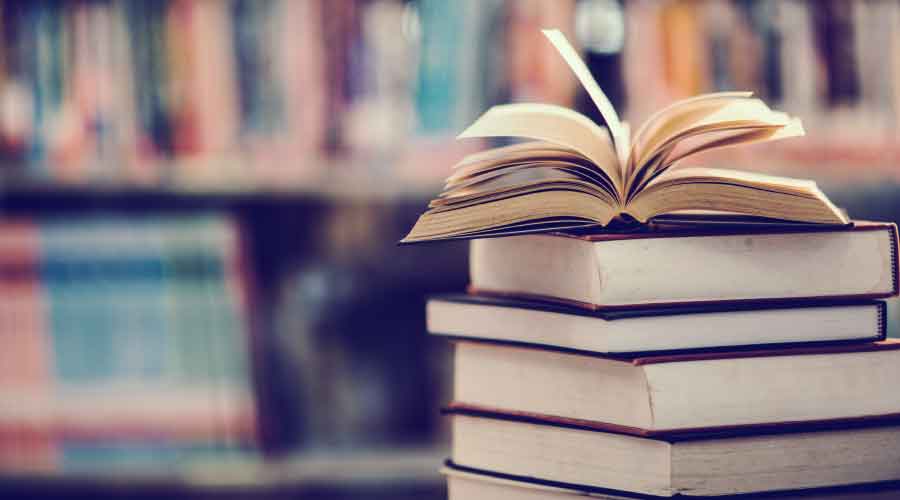Commercial Mortgage Debt Increases in Third Quarter
The level of commercial/multifamily mortgage debt outstanding grew by 2.9 percent in the third quarter, reaching $2.845 trillion, according to the Mortgage Bankers Association (MBA) analysis of the Federal Reserve Board Flow of Funds data.
The level of commercial/multifamily mortgage debt outstanding grew by 2.9 percent in the third quarter, reaching $2.845 trillion, according to the Mortgage Bankers Association (MBA) analysis of the Federal Reserve Board Flow of Funds data.
The $2.845 trillion in commercial/multifamily mortgage debt outstanding recorded by the Federal Reserve was an increase of $79.9 billion or 2.9 percent from the second quarter 2006. Multifamily mortgage debt outstanding grew to $714 billion at the end of the third quarter - an increase of $10.8 billion or 1.5 percent from the second quarter.
"Nearly every investor group increased their stake in commercial/multifamily mortgages in the third quarter," says Jamie Woodwell, MBA's senior director of commercial/multifamily research. "As investors assess different investment options for their capital, commercial/multifamily mortgages continue to attract a great deal of interest."
The Federal Reserve Flow of Funds data summarizes the holding of loans or, if the loans are securitized, the form of the security. Many life insurance companies invest both in whole loans for which they hold the mortgage note (and which appear in the Federal Reserve data under Life Insurance Companies) and in commercial mortgage-backed securities (CMBS), collateralized debt obligations (CDOs) and other asset backed securities (ABS) for which the security issuers and trustees hold the note (and which appear here under CMBS, CDO and other ABS issuers), according to MBA.
Commercial banks continue to hold the largest share of commercial/multifamily mortgages, with more than $1.2 trillion, or 44 percent of the total. Many of the commercial mortgage loans reported by commercial banks however, are actually "commercial and industrial" loans to which a piece of commercial property has been pledged as collateral, says MBA. It is the borrower's business income - not the income derived from the property's rents and leases – that drives the underwriting, pricing and performance of these loans. Since the other loans reported here are generally income property loans, meaning that the income primarily comes from rents, the commercial bank numbers are not comparable.
In the third quarter of 2006, commercial banks saw the largest increase in dollar terms in their holdings of commercial/multifamily mortgage debt – an increase of $36 billion, or 3 percent, which represents 45 percent of the total $79.9 billion increase, says MBA. CMBS, CDO and other ABS issuers increased their holdings of commercial/multifamily mortgages by $26 billion, or 5 percent - representing 33 percent of the net increase in commercial/multifamily mortgage debt outstanding. In percentage terms, REITS saw the biggest increase in their holdings of commercial/multifamily mortgages, a jump of 14 percent, while state and local government retirement funds saw the biggest drop, a net change of -1.0 percent.
Related Topics:











